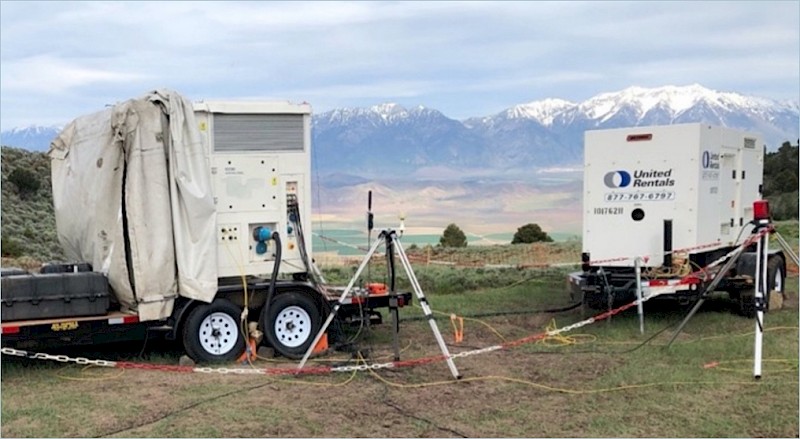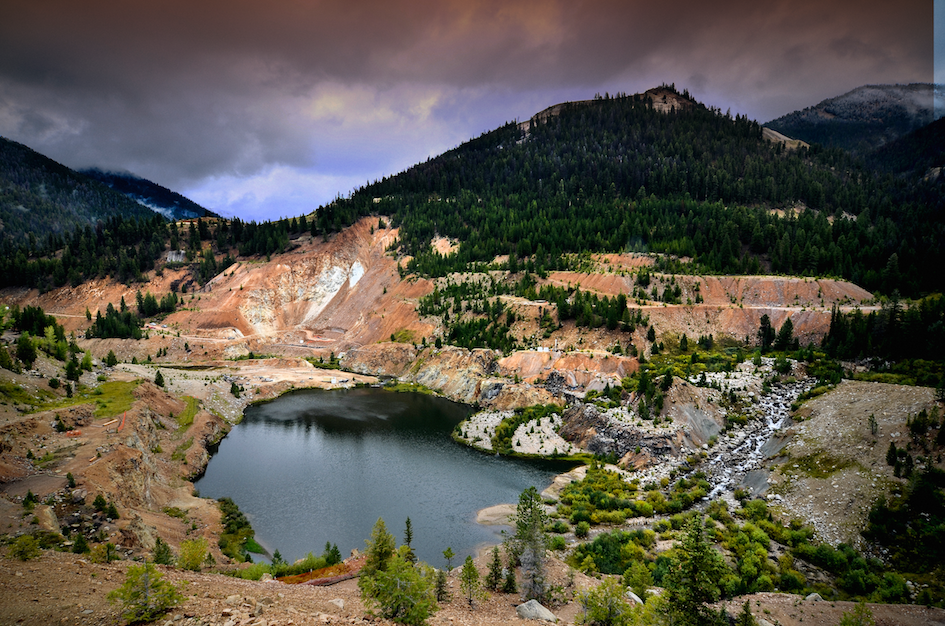Reuters
Publishing date: Oct 08, 2022
DUBAI — Female students in Tehran chanted “get lost” as Iranian President Ebrahim Raisi visited their university campus on Saturday and condemned protesters enraged by the death of a young woman in custody, activists said.
Raisi addressed professors and students at Alzahra University in Tehran, reciting a poem that equated “rioters” with flies, as nationwide demonstrations entered a fourth week.
“They imagine they can achieve their evil goals in universities,” state TV reported. “Unbeknownst to them, our students and professors are alert and will not allow the enemy to realize their evil goals.”
A video posted on Twitter by the activist 1500tasvir website showed what it said were women students chanting “Raisi get lost” and “Mullahs get lost” as the president visited their campus.
An Iranian state coroner’s report denied that 22-year-old Mahsa Amini had died due to blows to the head and limbs while in morality police custody and linked her death to pre-existing medical conditions, state media said on Friday.
Amini, an Iranian Kurd, was arrested in Tehran on Sept. 13 for wearing “inappropriate attire,” and died three days later.
Her death has ignited nationwide demonstrations, marking the biggest challenge to Iran’s clerical leaders in years.
Women have removed their veils in defiance of the clerical establishment while furious crowds called for the downfall of Supreme Leader Ayatollah Ali Khamenei.
The government has described the protests as a plot by Iran’s enemies including the United States, accusing armed dissidents – among others – of violence in which at least 20 members of the security forces have been reported killed.
Rights groups say more than 185 people have been killed, hundreds injured and thousands arrested by security forces confronting protests.
After a call for mass demonstrations on Saturday, security forces shot at protesters and used tear gas in the Kurdish cities of Sanandaj and Saqez, according to the Iranian human rights group Hengaw.
In Sanandaj, capital of the northwestern Kurdistan province, one man lay dead in his car while a woman screamed “shameless,” according to Hengaw, which said he had been shot by security forces after he honked his horn as a sign of protest.
But a senior police official repeated the claim by security forces that they did not use live bullets and that the man had been killed by “counter-revolutionaries” (armed dissidents), the state news agency IRNA reported.
A video shared on social media showed a young woman lying unconscious on the ground after she was apparently shot in the northeastern city of Mashhad. Protesters gathered around her to help.
The Norway-based group Iran Human Rights said on its website that at least 185 people, including at least 19 children, had been killed in the protests. The highest number of killings occurred in the restive Sistan-Baluchistan province with half the recorded deaths, it said.
CALL FOR UNITY
After a weekly meeting, President Raisi and Iran’s head of judiciary and parliament speaker called for unity.
“Currently, the Iranian society needs the unity of all its strata regardless of language, religion and ethnicity to overcome the hostility and division spread by anti-Iranians,” they said in a statement carried by state media.
A social media video showed protesters marching in the northern city of Babol and several posts said security forces had surrounded students demonstrating on a university campus.
Hengaw also carried a video of emergency personnel trying to resuscitate a person and said one protester had died after being shot in the abdomen by security forces in Sanandaj. Reuters could not verify the video.
One of the schools in Saqez city’s square was filled with girls chanting “woman, life, freedom,” Hengaw reported.
The widely followed 1500tasvir Twitter account also reported shootings at protesters in the two northwestern Kurdish cities.
A university student who was on his way to join protests in Tehran said he was not afraid of being arrested or even killed.
“They can kill us, arrest us but we will not remain silent anymore. Our classmates are in jail. How can we remain silent?” the student, who asked to remain anonymous, told Reuters.
Iran’s semi-official news agencies played down the protests across the capital Tehran. The ISNA agency reported “limited” demonstrations in about 10 areas of the city and said many Bazaar traders had shut their shops for fear of damage caused by the unrest, denying there was a strike.
Internet watchdog NetBlocks said that the internet had been cut in Sanadaj again amid protests in Kurdish areas in the northwest. The group said on Friday that “internet remains regionally disrupted across #Zahedan, Sistan and Baluchestan Province, #Iran, seven days after an escalation of violence and civilian killings by security forces.”











